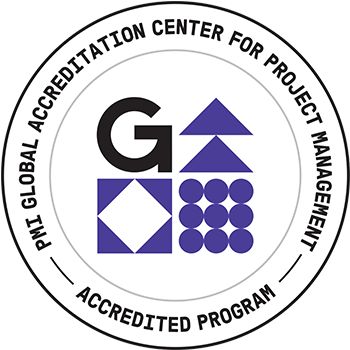The 5P’s of Risk Management – Alleman and Quigley
Abstract:
The presentation will explore the categories of project failures (risk categories below). Each type of failure will be described and illustrated, along with examples of responses to avoid or decrease the risk. The items covered by each category need to be sorted out.
- People – JQ
- Principles – GA
- Process – JQ
- Practices – GA
- Perceptions – JQ
- Summary – Both
One of the best ways we learn is through experience. Sometimes, that experience is directly from our efforts, but if we are paying attention, we can learn a little bit from the mistakes others make. This presentation will review critical categories of failures and the 5P’s of Risk Management (see below). Selecting a poor approach can produce a project failure, or at the very least, the addition of unneeded or unwanted difficulty and effort. The two presenters will review some common failures and the things we could have done to avoid the risks. We will provide an example of the symptom and how the difficulty could have been avoided had we made better decisions. While it is important to recognize that many failures are due to a combination of events, we can demonstrate the contribution of each of these to the entirety. This knowledge helps when we must make tradeoff decisions as many projects must. We need a fast-responding risk management system in addition to this planned-out approach to be successful.
- People: Understand the human factors influencing risk management, from team dynamics to stakeholder engagement.
- Principles: Grasp the foundational theories that underpin effective risk management, ensuring you make decisions based on solid reasoning.
- Process: Dive into the systematic approach to identifying, analyzing, and responding to project risks, ensuring a thorough and structured handling of uncertainties.
- Practices: Learn the best practices used in various industries to mitigate risks and enhance project outcomes.
- Perceptions: Explore how different stakeholders perceive risk and how these perceptions can influence project decisions and success.
PMI Talent Triangle: Power Skills
PDUs: 0.75



